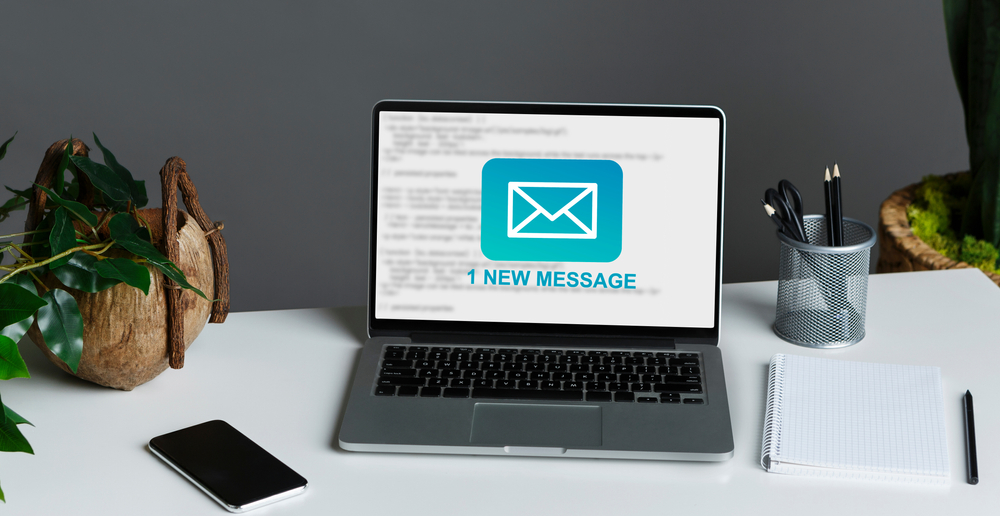6 Ways to Make Your Email More Secure
How great would it be to live in a world without hackers, scammers, and fraudsters? Unfortunately, the modern internet user has to always keep their guard up to avoid falling for one of the myriad attack types used today. This is especially true for communications like email, because email accounts are juicy targets that are compromised regularly. This article will cover 6 great ways for securing your mailbox and email service.
1. Use a secure email service
Sending an email is not a direct transit like walking through a door. Instead, a message will usually go through several servers and processes before the receiver can read it. Unfortunately, messages can get intercepted in transit by capable hackers, but a secure email service will make it nearly impossible for them. The current gold standard is email service with end-to-end encryption, meaning that everyone but the sender and receiver are locked out of reading and comprehending the message.
2. Password hardening
Simple passwords (e.g. a single word, date of birth, etc.) are easy to guess, and this is common knowledge to most users. However, nobody wants to believe they will ever be targeted, so many people end up doing the bare minimum to meet password requirements. It is in the interest of everyone but hackers to strengthen email authentication, and several ways to go about it:
– make your password unpredictable by substituting some symbols with other random characters, or even just breaking up a word or phrase with other text in the middle.
– Enable security codes (via SMS or authenticator app) as an additional layer of security and tasks that you need to fulfill for login.
– Try using a randomly-generated password. Be sure to save it in a service/location with substantial protection, like a trusted password manager platform.
3. Backups
In the scary event that hackers do manage to access your email account, you should consider ways to minimize the damage. One first order of business could be to set a backup email address that can be used to block or restore access to the original mailbox. To avoid this mailbox sharing the same fate as the first one, be sure to use a different password.
If you are concerned about important emails and information being deleted, you can connect your mail to a service that downloads emails locally, or just change the email settings to use the POP3 protocol.
4. Use secure internet connections only
When you’re away from work or home, you may face a situation where you urgently need to send an email. Free Wi-Fi spots in coffee shops and public areas may seem like an attractive tool for achieving this goal, but you should be aware of the great risk.
The truth is that anyone who makes their internet network open to the public is able to see and inspect nearly all of the traffic going through, and confidential emails are certainly not something you want other people looking at. Be sure to use trusted networks for your communication needs to reduce the risk of data being intercepted, and consider adding VPN tunneling for an additional layer of security.
5. Test your defenses
Nowadays, there are thousands of security specialists and consultants offering their services to businesses and individuals. If you hire a good specialist for the task of analyzing your email account defenses, they should be quickly able to gauge the strength of the system you have in place, and probably offer some recommendations for making security even better.
6. Geofencing
Some email services allow you to put restrictions on the conditions for login, and geofencing is one popular choice. It can block access to a service if the device sending the request is found to be from a different physical location than is allowed. Alternative restrictions can apply to the IP address used to log in, device type and operating system, MAC address, and other factors.

